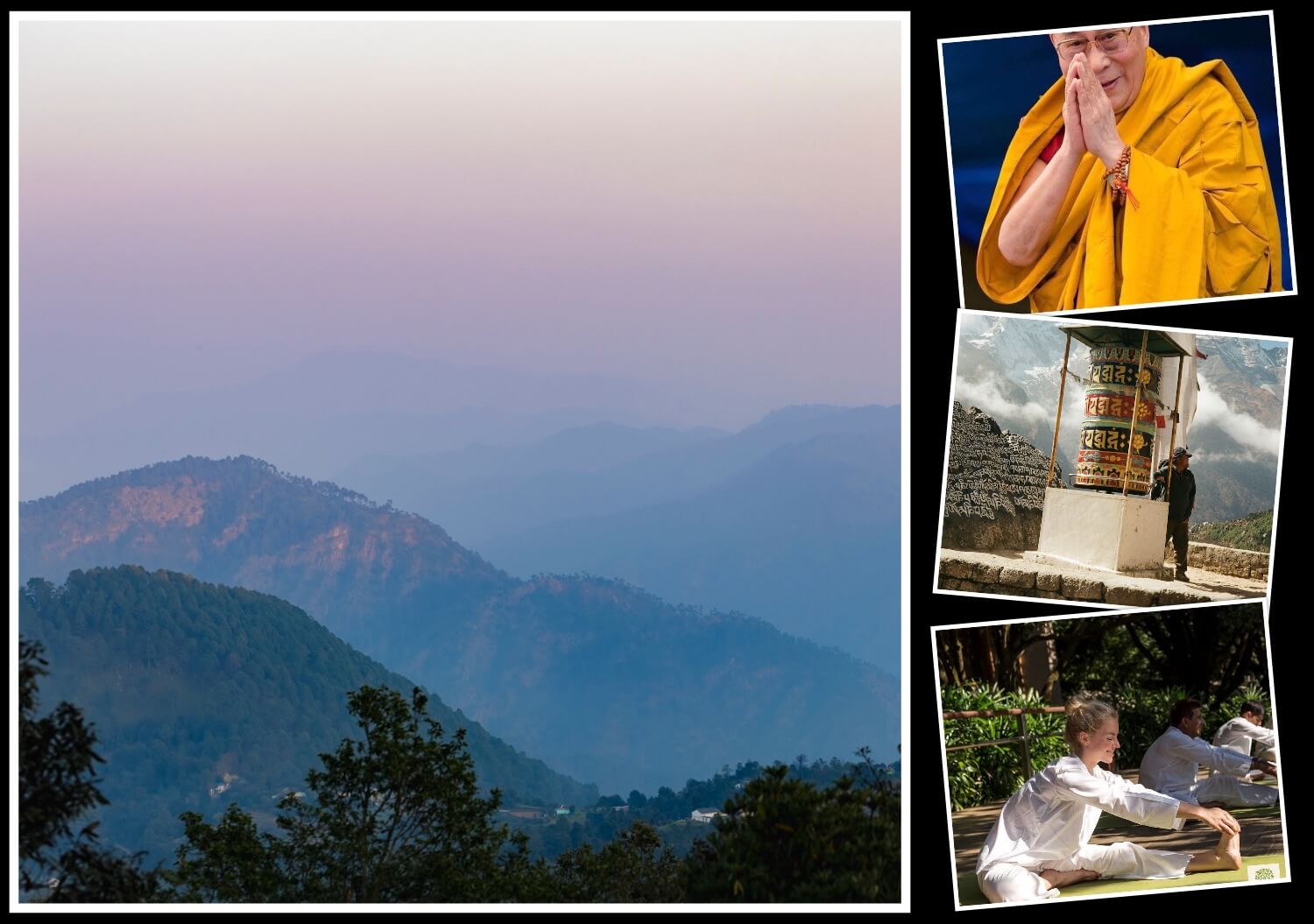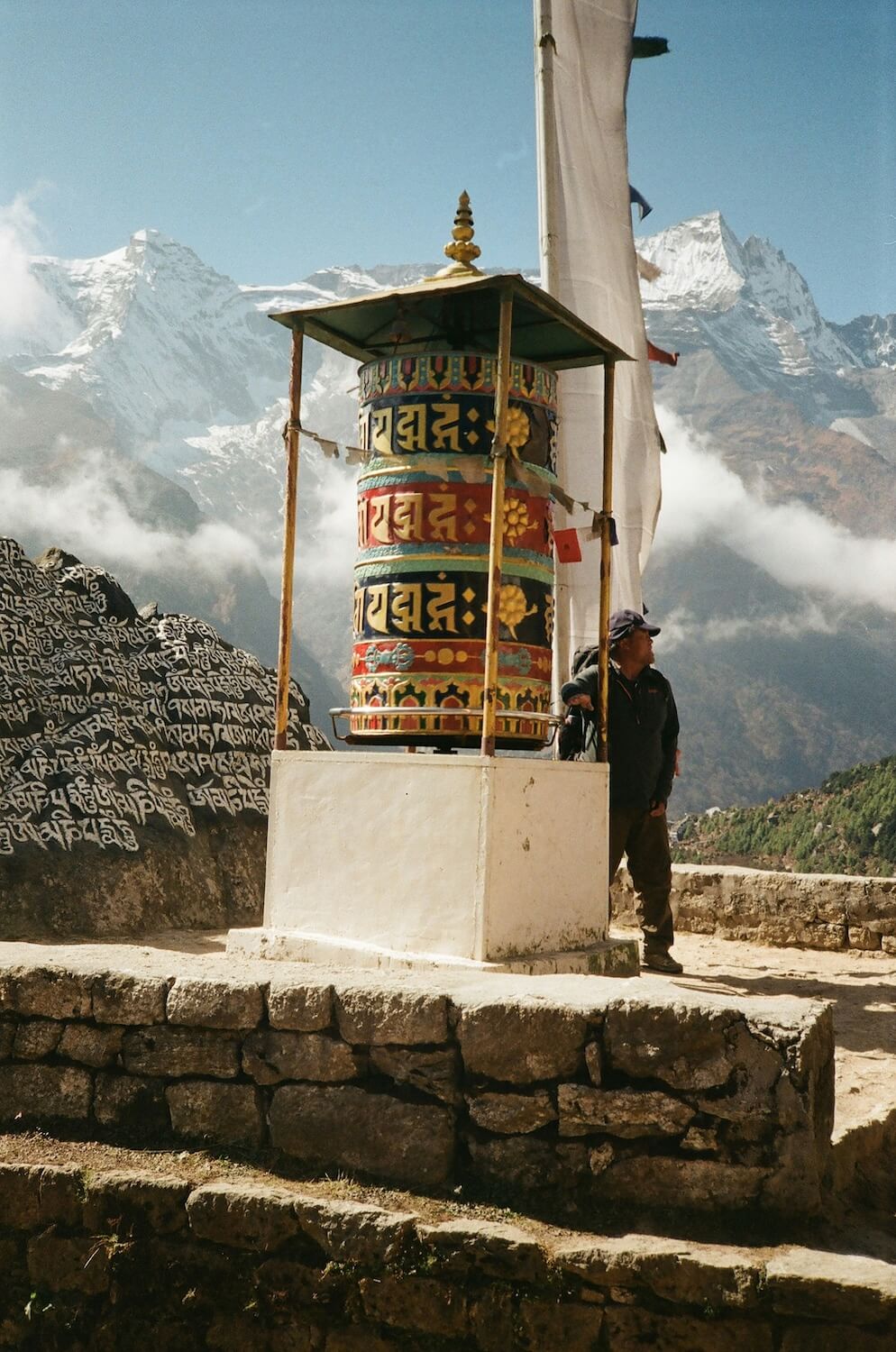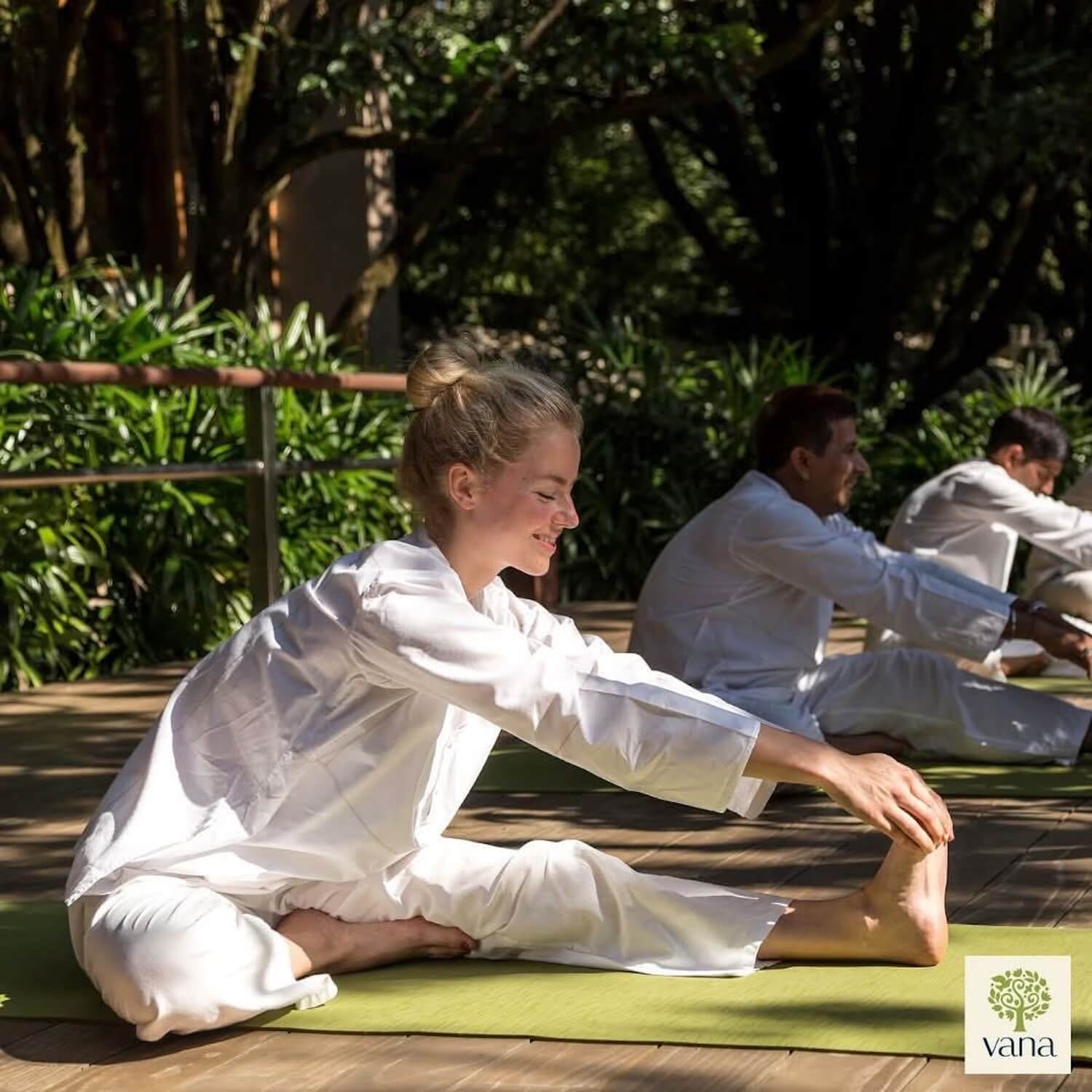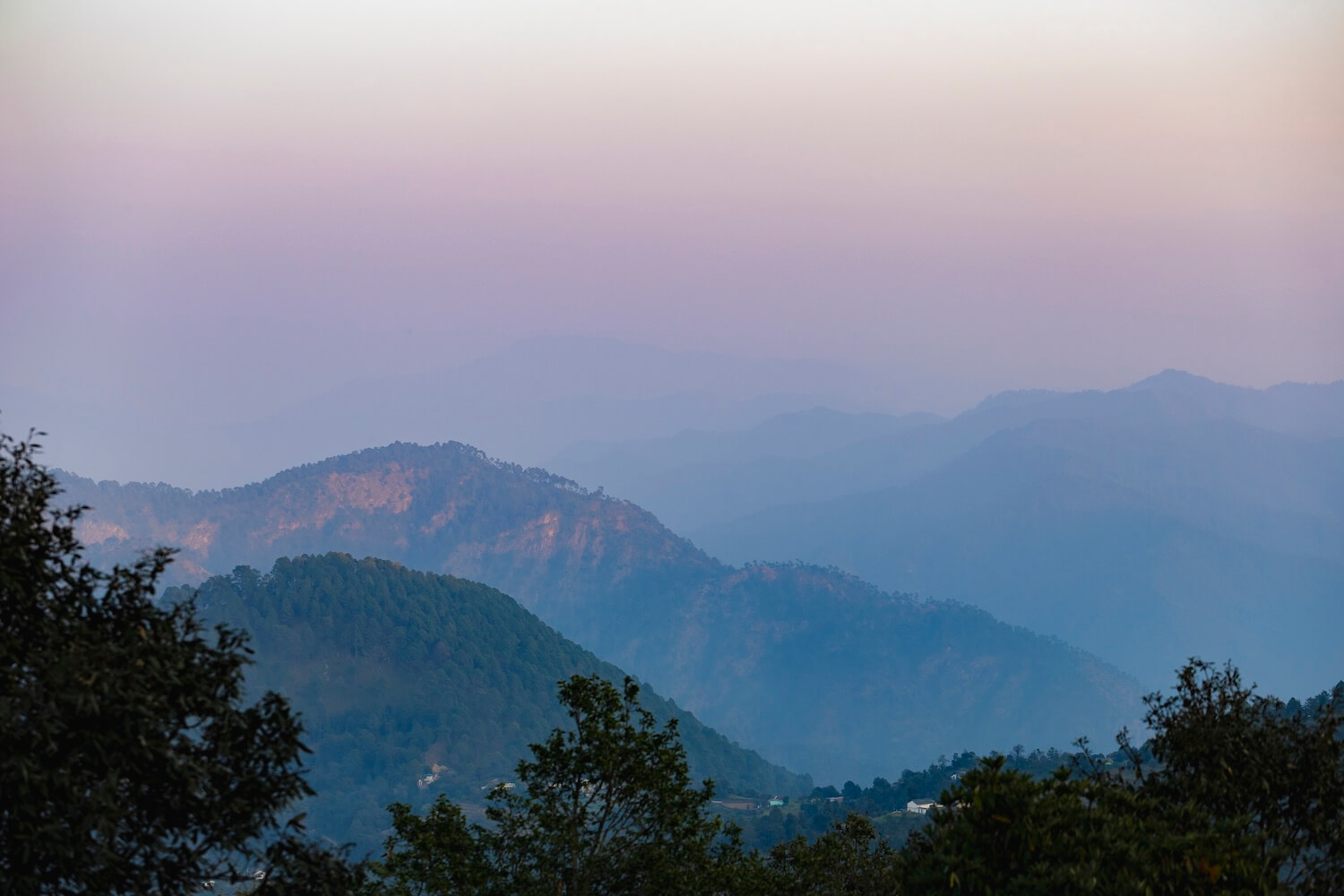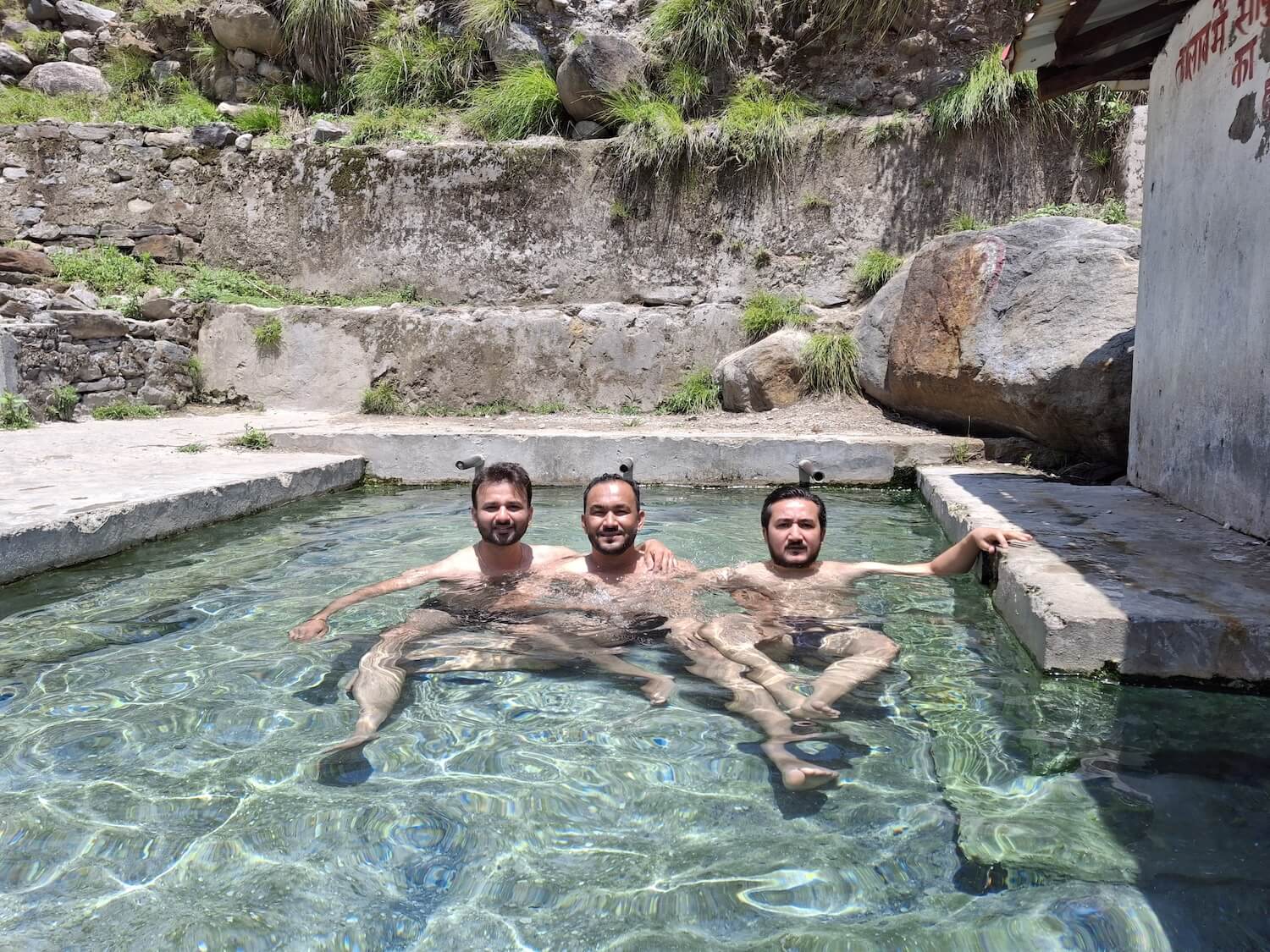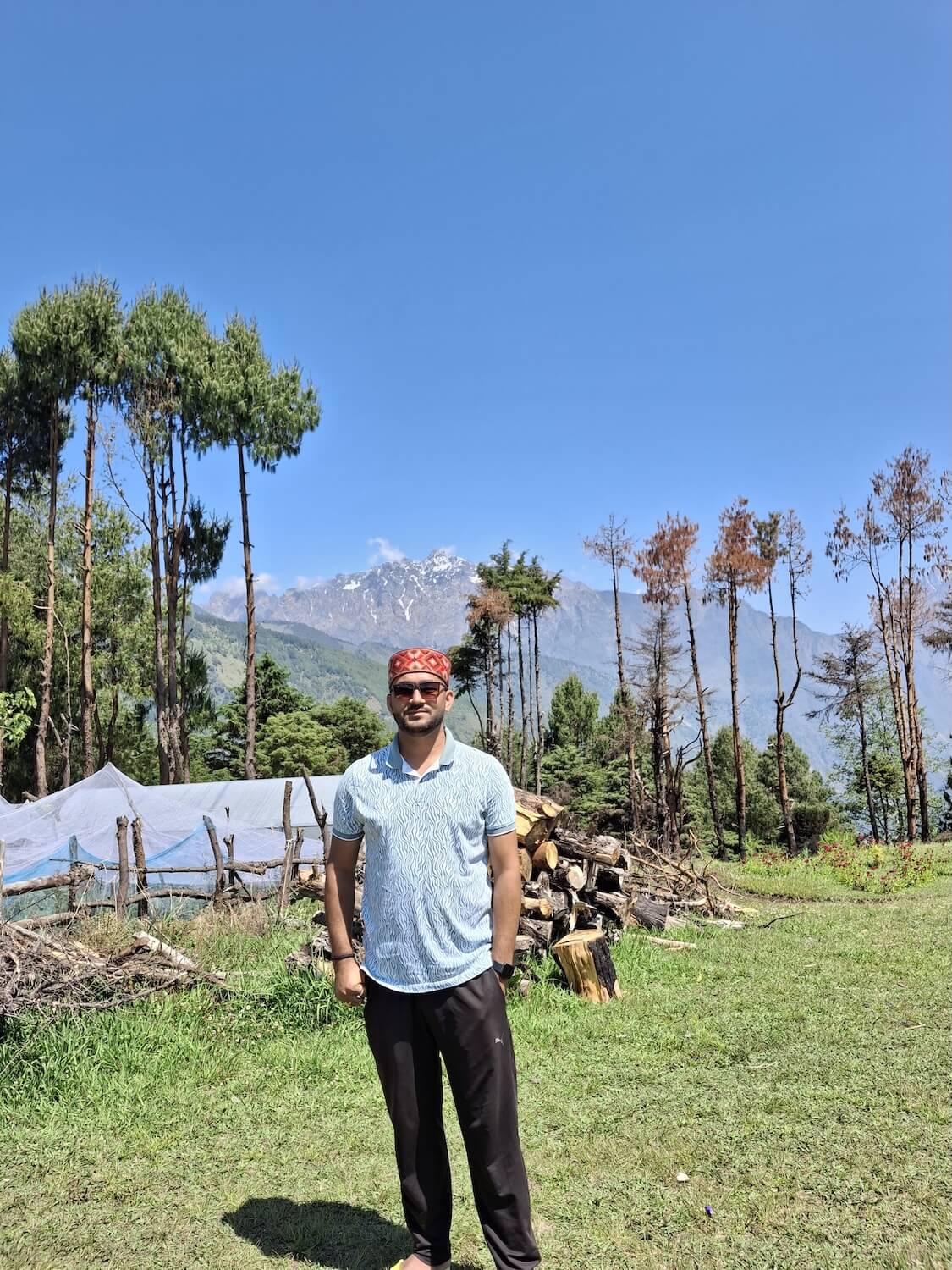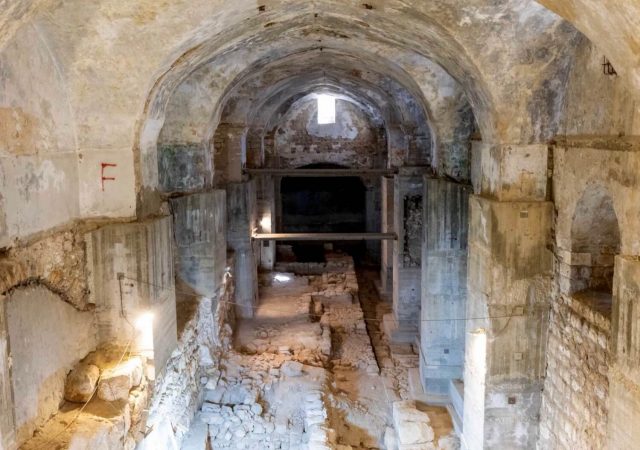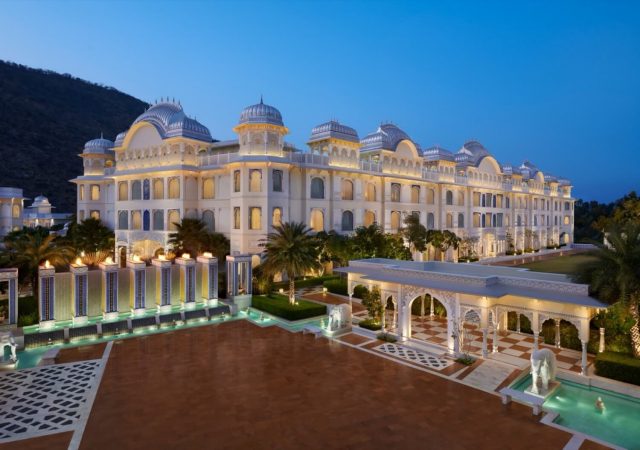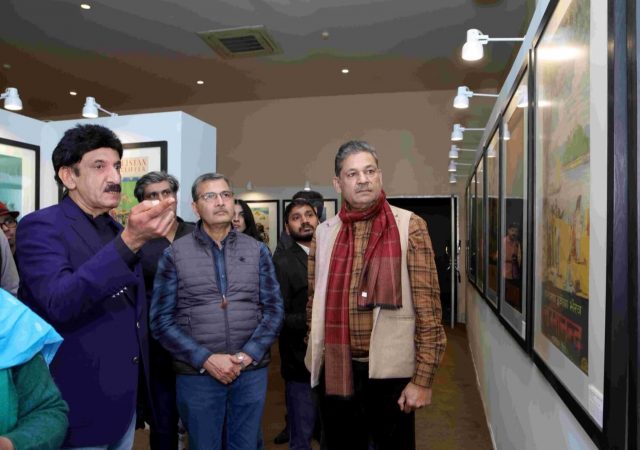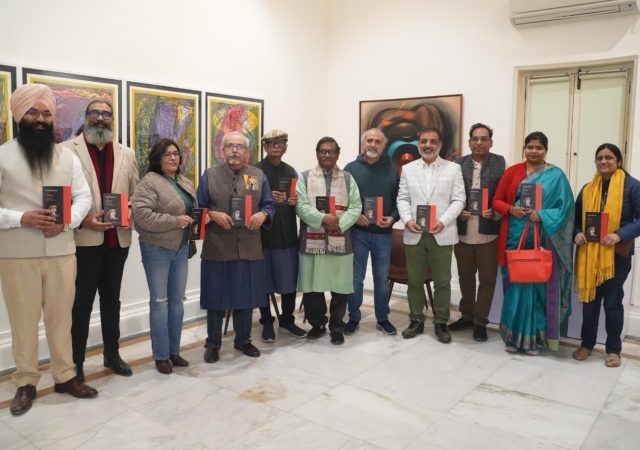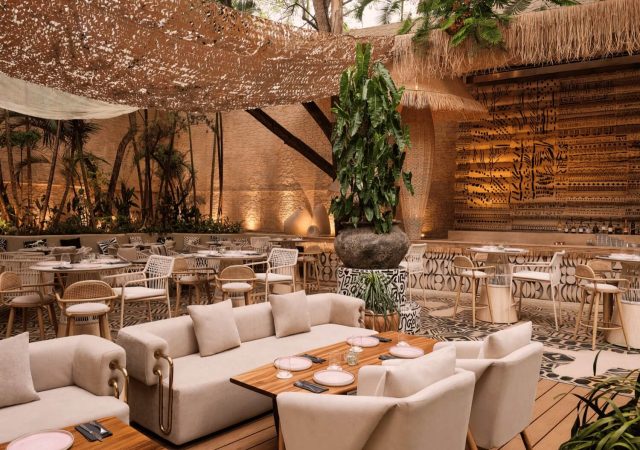Ten years back, a long-time family friend of ours – Chandan Singh Koranga, a native Kumaoni from Almora in Uttarakhand – had predicted the emergence of Uttarakhand as the next big thing in India’s burgeoning tourism industry. At the time, I paid no attention—only to realise now how true his prediction was.
Last month, I visited Uttarakhand—this time to attend the marriage ceremony of Chandan’s sister. With Kolkata experiencing an extreme heat wave, an escape to the Kumaon Himalayas was just what the doctor ordered. And nothing compares to the joy of being immersed in a traditional “Pahadi Wedding” – the ancient rituals, cuisine, and reverberations of joyful vibes that only the Himalayas can offer.
Abode of Gods:
Uttarakhand, India’s “Devbhumi” or abode of Gods, is fast gaining popularity as a global wellness epicentre. A bewildering array of wellness offerings—Yoga, Ayurveda, Naturopathy, Siddha, and spiritual practices—has catapulted Uttarakhand into the big league of holistic destinations.
Apart from Haridwar and Rishikesh, known as the Yoga Capital of the World, quaint hill stations like Mussoorie, Kausani, Almora, Ranikhet, Lansdowne, Chopta, etc., are evolving as ideal destinations for Slow Tourism, Carbon Neutral Tourism, and Experiential Tourism.
Dalai Lama’s Tibetan Connect:
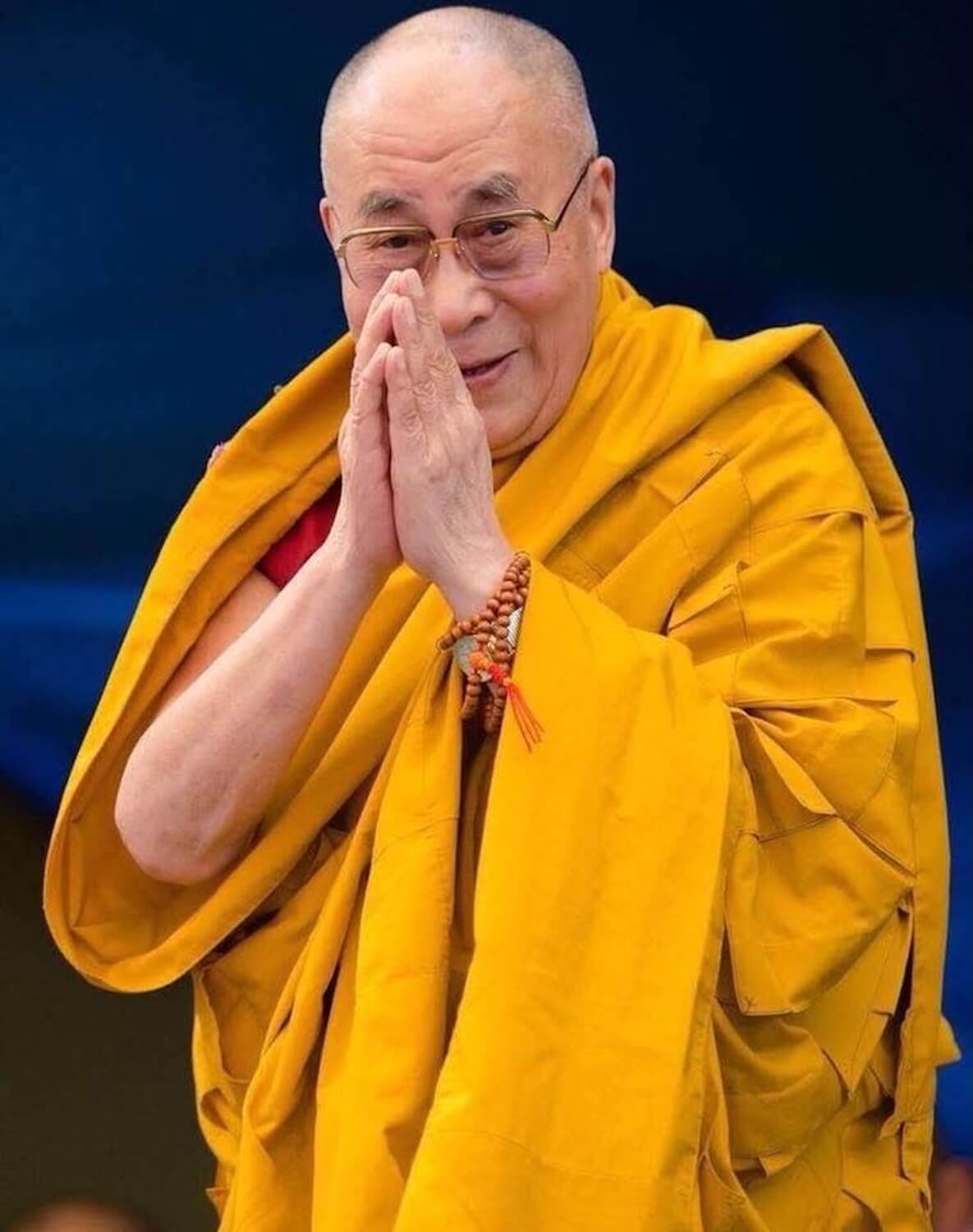 Not many are aware that His Holiness The Dalai Lama—who now resides in Dharamshala in neighbouring Himachal Pradesh—had in fact chosen Mussoorie, renowned for its mesmerizing Himalayan panorama, as his first residence in India after escaping the infamous Chinese Red Army persecution in 1959.
Not many are aware that His Holiness The Dalai Lama—who now resides in Dharamshala in neighbouring Himachal Pradesh—had in fact chosen Mussoorie, renowned for its mesmerizing Himalayan panorama, as his first residence in India after escaping the infamous Chinese Red Army persecution in 1959.
From a Tibetan Buddhist perspective, and given the Dalai Lama’s global stature as one of the greatest living spiritual ambassadors, Uttarakhand’s connection is every bit inspiring. His love for the state’s peace-loving Himalayan folks continues unabated even today.
In Mussoorie, there is an exclusive Tibetan zone, popularly referred to as Happy Valley, where the Dalai Lama lived for a year before relocating to Dharamshala. Countless visitors from across the world visit this hill station and walk in the footsteps of His Holiness, basking in the spiritual glory of this great soul. Mussoorie is even mentioned in his autobiography Freedom in Exile, in which he described that first year in exile as a time of immense struggle and uncertainty.
Visionary Tourism Policy:
What is the power behind this phenomenal evolution of Uttarakhand in the competitive global tourism arena? As a travel writer and die-hard Himalayan aficionado, I believe it is the Uttarakhand government’s futuristic vision, smart tourism-friendly policies, and integration of India’s rich ancient spiritual foundations that have catalyzed this paradigm shift in the state’s tourism fortunes.
In the post-COVID era, eco-friendly destinations that prioritize environmental protection are hugely preferred by today’s new-age travellers. The tourism industry in Uttarakhand, under the stewardship of Chief Minister Pushkar Singh Dhami, has aligned its resources with the core principles of wellness tourism.
Consider, for instance, the sleepy Himalayan hamlet of Dhamas near Almora. I stayed in a rustic Woods Villa cottage for three days, and each day felt like a “Date with Divinity.” At an elevation of 1424m (4672 feet), an eerie silence pervades the villa’s landscape. All the windows and balconies offer 360-degree uninterrupted views of the stunning snow-covered Himalayan peaks. Within the cozy confines of the Wood Villas, the good old times resonate gracefully.
Himalayan Serenity is the USP:
As the red molten ball dips behind the Himalayan vistas, it’s time to huddle beside the crackling fireplace, strum your guitar, and sip your favourite tipple. The peace inside and snowfall outside is nature’s invitation, reminding you of Roger Ebert’s immortal words: “The very fact of snow is such an amazement.”
Uttarakhand’s natural beauty and serene environment make it a perfect place for meditation and mindfulness. No wonder global hospitality giants like Marriott, Hyatt, Taj, and Six Senses have all invested aggressively—and more investments are in the pipeline.
What’s remarkable is that these hospitality chains are crafting immersive journeys involving local communities, creating culturally authentic Himalayan experiences. The mountain folks often possess deep knowledge of the region’s socio-cultural heritage, and involving them in tourism ensures access to hidden gems off the beaten path.
Fusion of Ancient Wisdom with Modern Amenities:
I was absolutely taken aback by the Six Senses Retreat at Dehradun. My love for Tibetan traditions, especially their ancient medical systems, which I grew up around in India’s Northeast, made it impossible to resist a visit. This retreat, renowned for its Tibetan natural healing therapies, truly is a “Sanctuary of Peace” at the Himalayan foothills.
Beyond Ayurveda, Yoga, and Natural Healing, I was particularly impressed by the Sowa Rigpa school of Tibetan holistic science. This may be the only retreat in India where guests can access authentic Sowa Rigpa teachings.
Indigenous and Immersive Experience:
Another inspiring facet of Uttarakhand’s luxury wellness scene is its focus on the indigenous. Embarking on tribal tours in the Uttarakhand Himalayas can be transformative. Travel here is slow and immersive, focused on engaging with local communities. Roads are daunting, but the natural vistas, flora, and fauna are breathtaking. You may hike for hours without encountering another soul.
The Kumaon Himalayas—particularly Almora and its surroundings—are home to indigenous communities like the Tharus, Bhutiyas, Jaunsaris, Buksas, and Rajis. Their lifestyle, cuisine, jewellery, and folklore enchant discerning travellers.
A new breed of ecologically conscious developers of chalets and wooden villas are combining traditional craftsmanship with modern design, offering properties that are both beautiful and durable. There’s a sense that “India has arrived on the world stage.”
A Far-sighted Chief Minister:
Chief Minister Pushkar Singh Dhami’s recent trip to the UK to attract investors was a resounding success, resulting in MOUs worth ₹12,500 crores. India’s resurgence on the global business landscape is evident, bolstered by campaigns like “Atmanirbhar Bharat,” “Transforming India,” and “Make in India,” which help even smaller states like Uttarakhand find their place on the world map.
In his press conference, CM Dhami remarked, “There are almost no incidents of labour dissatisfaction in Uttarakhand’s industries. The loss of human labour due to dissatisfaction is the lowest in India. This is why the Global Investors Summit’s tagline is ‘Peace to Prosperity.’” He added that Uttarakhand offers not only “Ease of Doing Business” but also “Peace of Doing Business.”
Uttarakhand’s topography is diverse and dramatic, bordered by Himachal Pradesh to the northwest, Tibet to the northeast, Nepal to the southeast, and Uttar Pradesh to the south. Both the Greater and Lesser Himalayan zones fall within the state, and some of India’s highest peaks—Nanda Devi (7817m) and Badrinath (7138m)—are found here.
The Austrian Alpine Touch:
The astounding growth of mountain tourism in Uttarakhand reminds me of Austria’s tourism evolution. Austria’s Alpine regions have masterfully blended vernacular architecture with modern comforts. Many hüttens in Austria use local carpenters to create spectacular mountain huts that are admired globally.
Taking a leaf from Austria’s Alpine tourism playbook, Uttarakhand is now firmly on the radar of hoteliers and hospitality brands. With a pro-active government offering incentives, there has never been a better time to invest in Uttarakhand’s vibrant hospitality sector.


